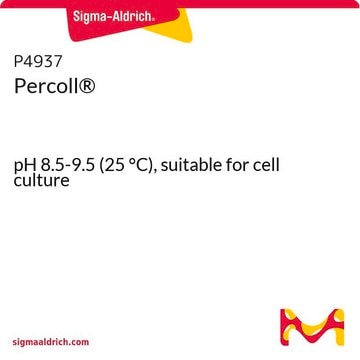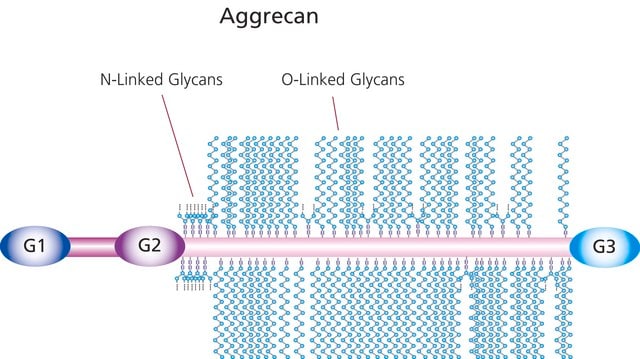W1878
Williams′ Medium E
With sodium bicarbonate, without ʟ-glutamine and phenol red, sterile liquid, suitable for cell culture
Sinônimo(s):
Williams’ E medium
About This Item
Produtos recomendados
product name
Williams′ Medium E, With sodium bicarbonate, without L-glutamine and phenol red, liquid, sterile-filtered, suitable for cell culture
esterilidade
sterile-filtered
forma
liquid
técnica(s)
cell culture | mammalian: suitable
Impurezas
endotoxin, tested
componentes
sodium pyruvate: 0.025 g/L
phenol red: no
glucose: 2.0 g/L (Dextro)
NaHCO3: 2.2 g/L
L-glutamine: no
Condições de expedição
ambient
temperatura de armazenamento
2-8°C
Categorias relacionadas
Descrição geral
Aplicação
Reconstituição
Outras notas
geralmente comprado junto com este produto
produto relacionado
suplemento
Código de classe de armazenamento
12 - Non Combustible Liquids
Classe de risco de água (WGK)
WGK 1
Ponto de fulgor (°F)
Not applicable
Ponto de fulgor (°C)
Not applicable
Certificados de análise (COA)
Busque Certificados de análise (COA) digitando o Número do Lote do produto. Os números de lote e remessa podem ser encontrados no rótulo de um produto após a palavra “Lot” ou “Batch”.
Já possui este produto?
Encontre a documentação dos produtos que você adquiriu recentemente na biblioteca de documentos.
Os clientes também visualizaram
Protocolos
Discover our collection of primary human hepatic Kupffer cells and protocol for thawing, plating, and growing Kupffer cells. Find the formulation for Kupffer culture maintenance media.
Discover our primary human hepatocytes and plating and maintenance media formulations. Explore our protocol for plateable primary hepatocyte cell culture.
Discover our protocol for thawing, plating, and forming hepatocyte spheroids from human spheroid-qualified plateable hepatocytes. Find the formulation for hepatocyte spheroid maintenance media.
Conteúdo relacionado
Explore our protocol for suspension primary hepatocyte cell culture. Discover our primary human hepatocytes and plating and maintenance media formulations.
Nossa equipe de cientistas tem experiência em todas as áreas de pesquisa, incluindo Life Sciences, ciência de materiais, síntese química, cromatografia, química analítica e muitas outras.
Entre em contato com a assistência técnica







